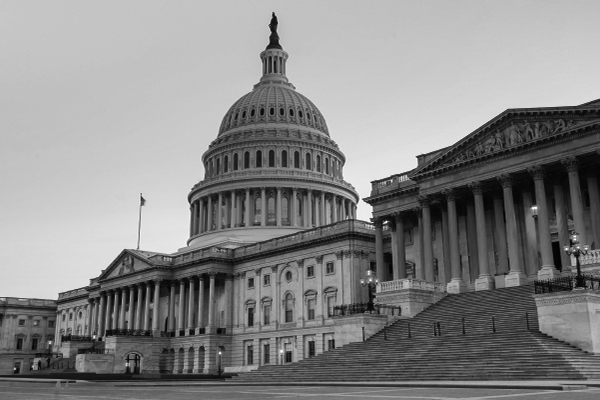RFS: Windfall for Ethanol, Burden on American Families
 As we have explained on these pages before, the Renewable Fuel Standard (RFS) amounts to a massive subsidy for the ethanol industry. By forcing refiners to purchase and blend rising volumes of biofuels, regardless of whether it makes economic sense, the RFS provides ethanol producers guaranteed demand for their product.
As we have explained on these pages before, the Renewable Fuel Standard (RFS) amounts to a massive subsidy for the ethanol industry. By forcing refiners to purchase and blend rising volumes of biofuels, regardless of whether it makes economic sense, the RFS provides ethanol producers guaranteed demand for their product.
To protect their mandate, the ethanol industry tries to blame oil companies and refiners to deflect the public away from the fact that the RFS forces the public to buy ethanol—whether the public wants it or not. For example, Renewable Fuels Association President Bob Dinneen put forward the latest deflection:
Who stands to gain from higher gasoline prices and more gasoline volume? Oil refiners, of course. That’s what this is really all about—Big Oil wants to shut out competition and put more money in its already-stuffed pockets.
Dineen doesn’t talk about the people who really lose under the RFS—American motorists who are forced to buy Dineen’s product, whether they like it or not. Refiners would buy billions of gallons of ethanol, regardless of the RFS, because ethanol can be a cost-effective way to increase octane in gasoline.
As the American Fuel & Petrochemical Manufacturers (AFPM) explain in a letter to the White House, ethanol producers—not refiners—make gasoline more expensive and limit consumer choice by supporting a mandate that forces Americans to consume more biofuel than the market demands and their vehicles are equipped to handle.
Despite the ethanol industry’s claims, there are physical limitations to the amount of ethanol that can be safely added to the nation’s fuel supply. For instance, 95 percent of vehicles on the road today are certified to run on E10, gasoline that contains up to 10 percent ethanol. Ethanol producers want more cars to use E15, but as AAA points out, running cars not designed for higher ethanol blends on E15 would likely cause “consumer confusion and the potential for voided warranties and vehicle damage.” This physical constraint on increased ethanol use is known as the E10 blend wall.
If left unchanged, as the ethanol industry demands, the RFS would likely require refiners next year to blend more than 10 percent ethanol into the U.S. fuel supply. As the Environmental Protection Agency (EPA) explained in the 2013 RFS, while biofuel volumes as set forth in federal statute rise to 18.15 billion gallons in 2014, the “maximum volume of ethanol that could be consumed as E10 in 2014 is projected to be just 13.2 bill[ion] gal[lons].” Recognizing the “infrastructure- and market-related factors” that constrain consumption of higher ethanol blends, EPA has signaled a willingness to reduce the RFS next year, noting that “in 2014 compliance is expected to become significantly more difficult.”
In addition to damaging vehicle engines, higher ethanol blends also make gasoline more expensive. A gallon of ethanol contains less energy than a gallon of gasoline. This means that as the ethanol content of gasoline rises, fuel economy decreases. Indeed, the BTU-adjusted price of E85 (gasoline with up to 85 percent ethanol) on November 11 was nearly 30 cents higher than regular gasoline, according to AAA’s Daily Fuel Gauge Report.
With public support evaporating and opposition in Congress growing, the ethanol industry is resorting to increasingly desperate attacks to justify their lavish mandate. The RFS is misguided policy that enriches the ethanol industry at the expense of everyone else, while hurting American families by damaging vehicle engines and raising gasoline prices. It is time to repeal the RFS.
IER Policy Associate Alex Fitzsimmons authored this post.


